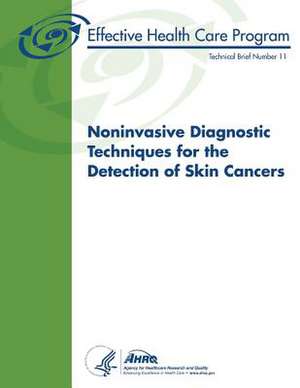Noninvasive Diagnostic Techniques for the Detection of Skin Cancers
Autor U. S. Department of Heal Human Services, Agency for Healthcare Resea And Qualityen Limba Engleză Paperback
Preț: 109.15 lei
Preț vechi: 114.89 lei
-5% Nou
Puncte Express: 164
Preț estimativ în valută:
20.89€ • 21.58$ • 17.38£
20.89€ • 21.58$ • 17.38£
Carte disponibilă
Livrare economică 05-19 martie
Preluare comenzi: 021 569.72.76
Specificații
ISBN-13: 9781484094174
ISBN-10: 1484094174
Pagini: 68
Dimensiuni: 216 x 280 x 4 mm
Greutate: 0.18 kg
Editura: CREATESPACE
ISBN-10: 1484094174
Pagini: 68
Dimensiuni: 216 x 280 x 4 mm
Greutate: 0.18 kg
Editura: CREATESPACE
